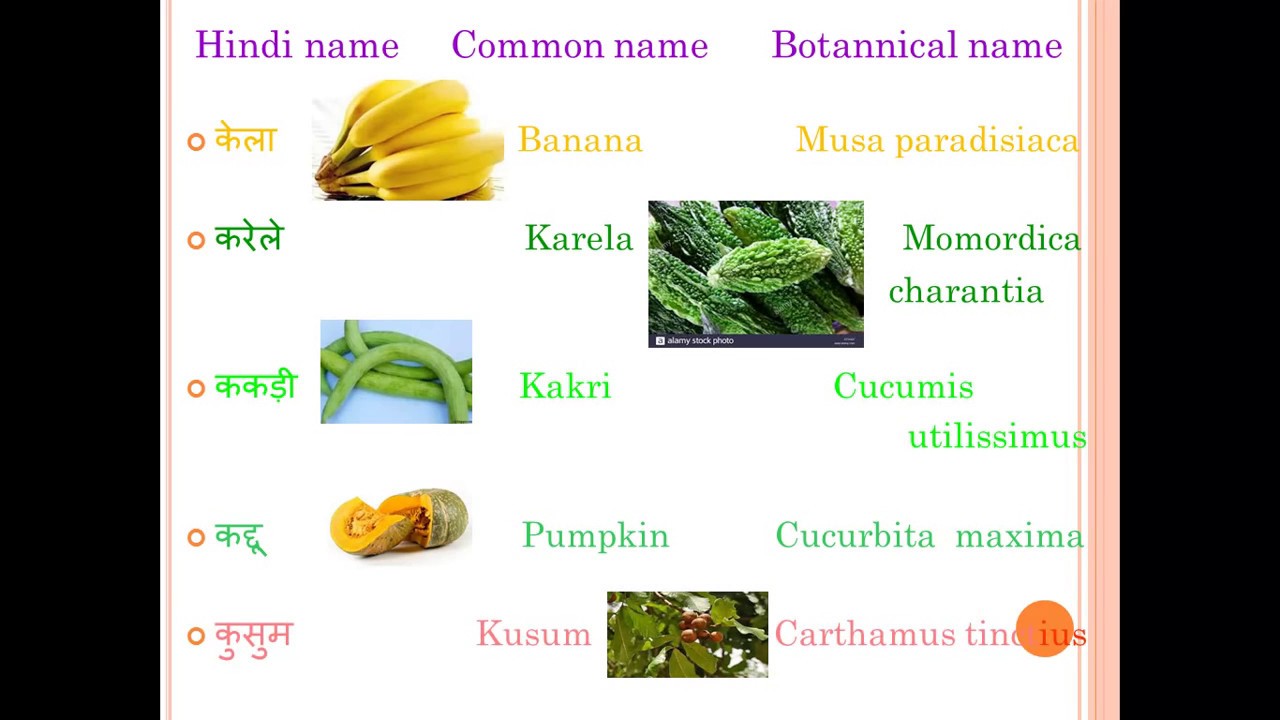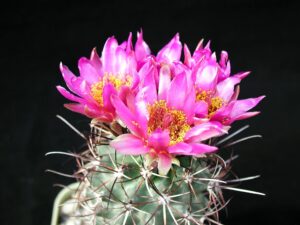Understanding the art and science of writing botanical names can transform your perspective on plant nomenclature. The world of science thrives on precision, and botanical nomenclature, or the naming of plants, is no exception. This guide offers a comprehensive look at how to correctly write scientific names, ensuring clarity and accuracy in the realm of botany.
When we delve into biological classification, we enter the intricate universe governed by the rules of the International Code of Nomenclature for algae, fungi, and plants (ICN). Grasping these rules not only enriches your knowledge but also elevates your ability to communicate effectively about various species. Join the journey of understanding how to elegantly articulate the names of the plant kingdom.
To begin this exploration, one must first appreciate the foundational principles of botanical nomenclature. Each scientific name is composed of two parts, commonly known as the binomial nomenclature, a pivotal system developed by Carl Linnaeus. This duality comprises the genus and the specific epithet, each contributing vital information about the plant in question.
Furthermore, these Latin names bestow a universal language that transcends geographical boundaries, offering clarity amidst the cacophony of local vernacular names. Hence, it’s imperative to delve into the specifics of crafting these names with precision and respect for their historical and etymological roots.
Genus and Epithet: The Building Blocks of Botanical Names
The genus name serves as the first component and is always capitalized, acting as a modifier to group plants sharing common characteristics. For instance, in the name Rosa rubiginosa, Rosa denotes the genus that includes all roses, highlighting their familial connections.
The specific epithet, on the other hand, provides further detail, often describing a distinguishing characteristic of the species, its habitat, or honoring a prominent figure in botany. It is essential to note that this component is not capitalized, holding a distinctive place in the scientific nomenclature hierarchy. Understanding this structure is crucial: together, they form a unique identifier that elicits precise recognition across the botanical community.
However, crafting botanical names involves more than mere assembly. Familiarity with the etymological roots can deepen the understanding of a plant’s identity. Many botanical names derive from Greek or Latin origins, encapsulating the history, morphology, or discovery context of the species. This layer of knowledge augments the appreciation of the genetic lineage and evolutionary relationships within the plant kingdom.
Adhering to Italics and Capitalization: The Presentation Matters
When documenting scientific names, presentation is vital. Distinct rules dictate the use of italics and capitalization that convey professionalism and adherence to scientific standards. Scientific names should always be italicized to visually distinguish them from other text, a practice that eliminates ambiguity in both written and digital formats.
The genus is capitalized, while the specific epithet remains in lowercase. For example, you would write Ficus carica, aptly depicting the common fig. Following this format is not merely a stylistic choice; it’s a reflection of respect for scientific conventions that ensure communication remains standardized and universally understood.
In the event that you refer to a plant species multiple times within a text, usage of the abbreviated form for the genus after first reference is permissible (e.g., F. for Ficus), provided it maintains clarity for the reader. Such considerations reinforce the importance of coherent writing, avoiding potential confusion in the discourse surrounding flora.
Delve into Nomenclatural Challenges: Homonyms and Synonyms
The world of plant nomenclature is not without its complexities. Homonyms—different plants exhibiting the same name—can create confusion, as can synonyms, wherein different names refer to the same species. For botany enthusiasts and professionals alike, navigating these challenges is crucial in maintaining clarity and accuracy in discussions involving plant taxonomy.
To mitigate these issues, standardization and the adoption of a universal nomenclature are vital. Utilize resources such as herbarium databases and approved taxonomic databases like the International Plant Names Index (IPNI) to ensure the names you use are consistent and recognized by the scientific community. Engaging with these resources not only empowers your understanding but also legitimizes your contributions to botanical discussions, fostering a more accurate and enriching conversation around plant life.
The Importance of Context: Using Common Names
Understanding scientific names is greatly enhanced by juxtaposing them with common names. While scientific names are uniform across the globe, common names can vary widely between regions and languages, adding layers to botanical communication. For instance, what is known scientifically as Solanum melongena may be referred to as eggplant in the United States or aubergine in French-speaking countries, reflecting the richness of cultural diversity.
This relationship between botanical nomenclature and common name usage can act as a bridge, enriching one’s understanding of regional plant use and significance. However, reliance solely on common names can lead to misinformation; hence, awareness about the core scientific name provides a bedrock of accuracy on which knowledge can be built.
In Conclusion: Embracing the Botanical Lexicon
Ultimately, mastering the conventions of writing scientific names is essential for anyone steeped in the world of botany—amateurs and professionals alike. The skill of articulating names with precision fosters greater appreciation and understanding of the botanical world.
As you embark on your botanical journey, let the names of plants become more than mere labels; see them as stories waiting to be unveiled. With each name you encounter, consider the history it encapsulates, the relationships it delineates, and the knowledge it imparts. Writing botanical names with expertise opens portals to a universe rich with flora and the fascinating connections they share with our environment.





Leave a Comment